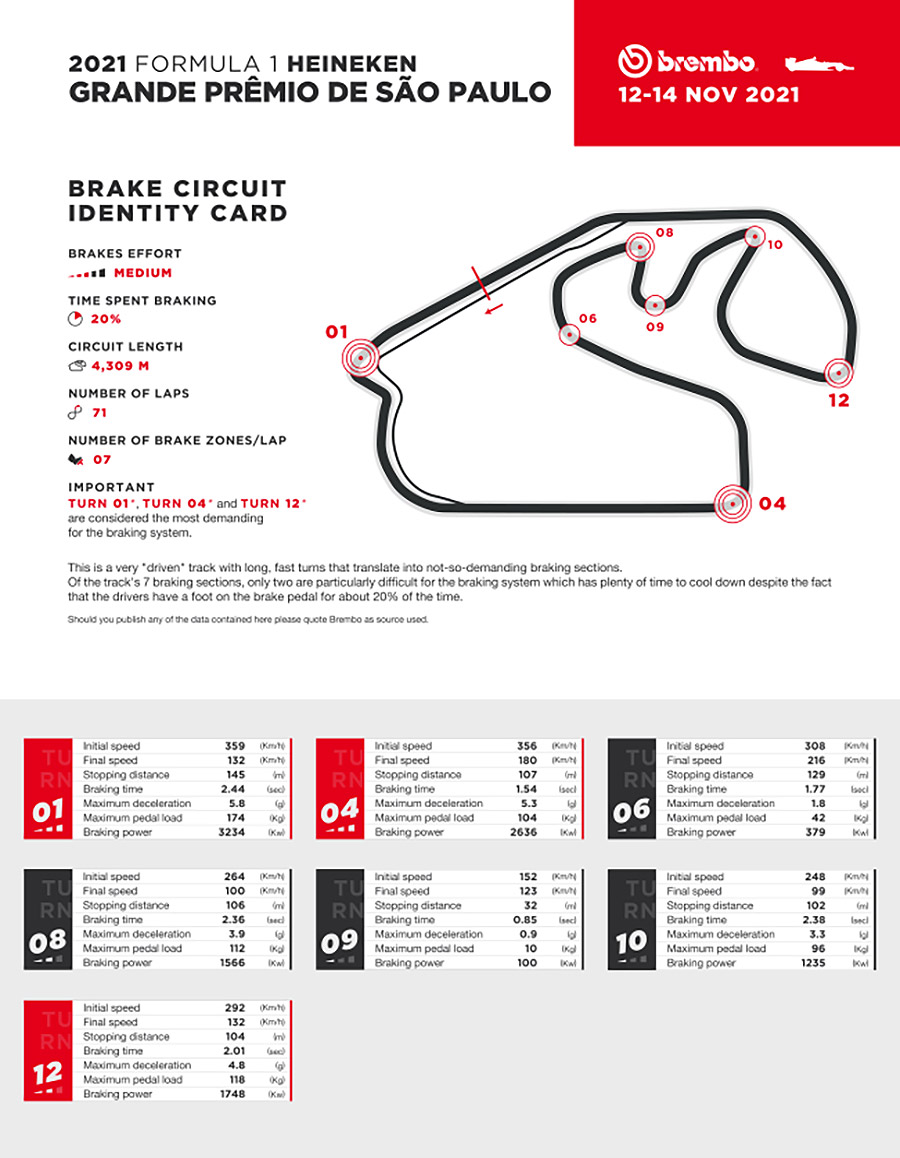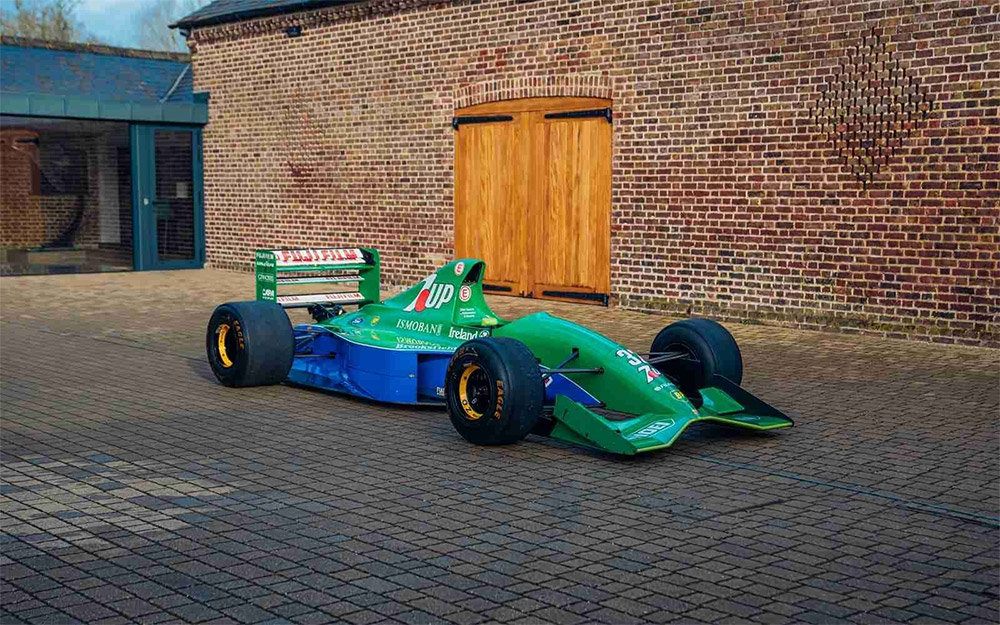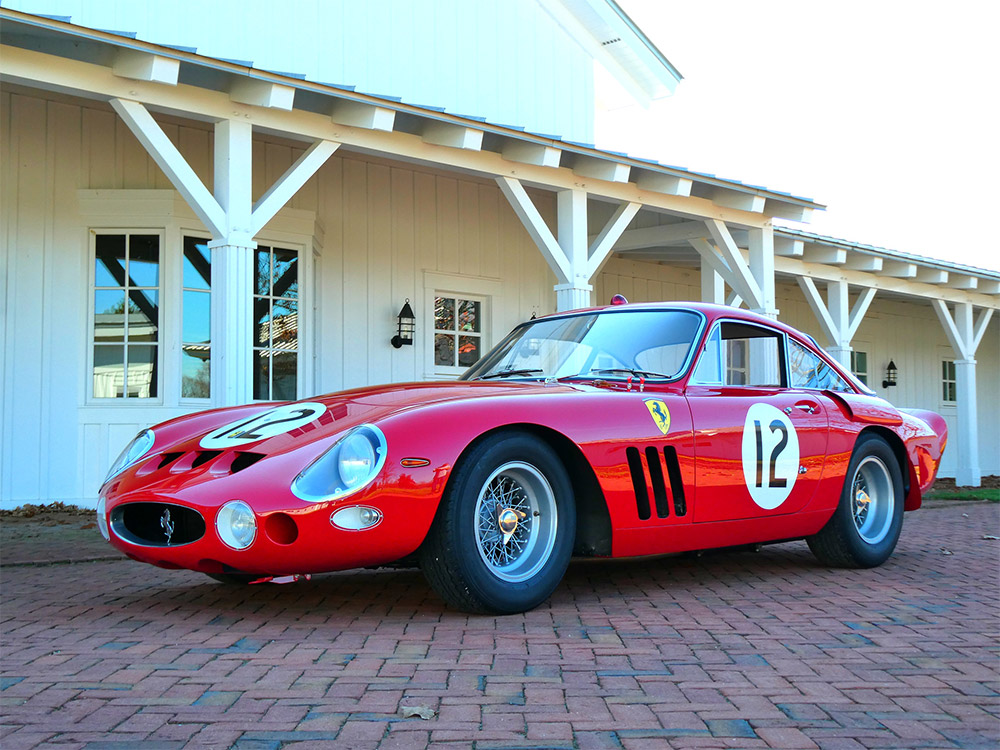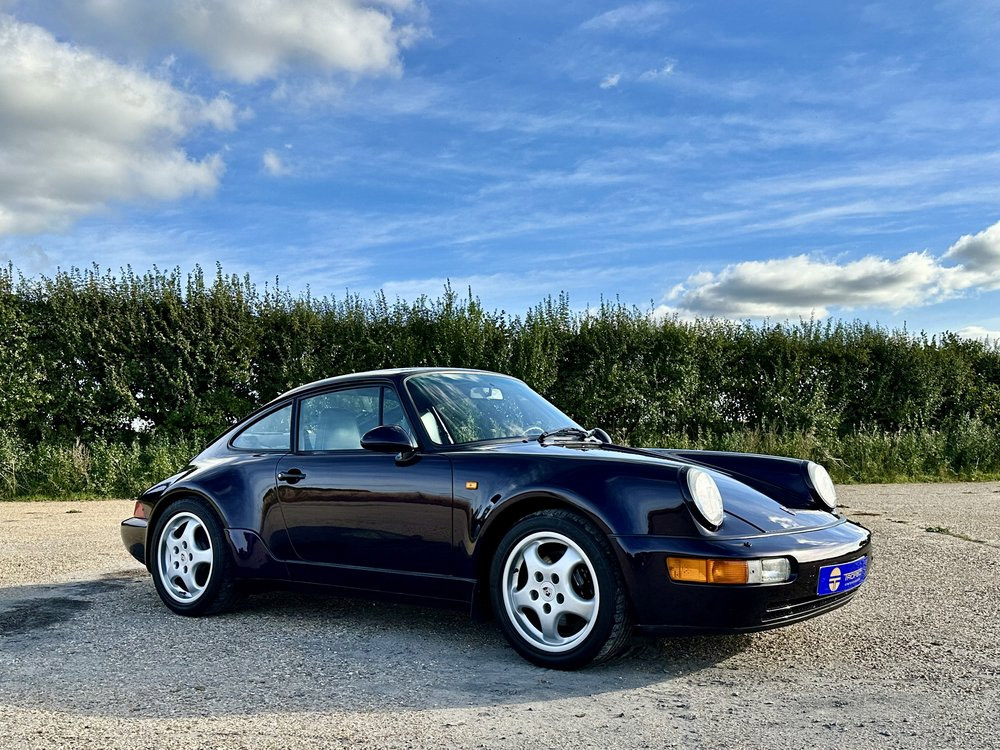Brembo engineers offer a guide to braking for this weekend’s Formula 1 Grande Premio De Sao Paulo to run at the Autódromo Hermanos Carlos Pace, Nov. 12-14.
Just like the USA and Mexico, Brazil is also returning to World Formula 1 after a year’s absence. According to Brembo technicians, the Autódromo José Carlos Pace is classified as one of those tracks with a medium level of difficulty for brakes. On a scale of 1 to 5, it is rated three on the difficulty index, exactly the same score as Austin.
The straight sections are all fairly short: consequently, drivers only have to drop their speed by more than 180 km/h on one occasion. The track has to be driven very carefully, with frequent changes in direction, but it also has high-speed turns where the brakes are not needed.
The start of a new era
Brembo operates in Brazil with a plant at Betim in the State of Minas Gerais which manufactures and sells brake discs for original car equipment.
While on the subject of car braking systems, in the last few days, Brembo has presented SENSIFY, a pioneering intelligent braking system that combines the most advanced software based on artificial intelligence with brake components.
Its name comes from merging the words Sense and Simplify, because it gives drivers new opportunities to improve their experience on the road and customize brake response according to their driving style. SENSIFY will offer the best combination of braking under all conditions and at any time. That’s what we mean when we say that we want to give our customers the total safety they’re looking for.
No to thermal shocks for road cars too
Although they don’t reach the 1,200°C of Formula 1 cars, road car braking systems can also overheat. To avoid this, Brembo has researched the shape of the ventilation chamber for over a quarter of a century. Thanks to this, peg ventilation has replaced the traditional fins.
The pegs, arranged on three circumferences along the braking band, with different geometry to ensure optimum fluid dynamic performance, increase the resistance to thermal cracks by up to 30 per cent, extending the life of the disc.

Watch the three braking sections in a row
On each lap in the Autódromo José Carlos Pace, the brakes are used just seven times, the second lowest value in the World Championship after the six times on the Monza circuit. Overall, during one lap at Interlagos, the brakes are used for 13.3 seconds which amounts to 20 percent of the duration of the race.
Four braking sections last more than 2 seconds and three of these are in the second half of the track. Turns 8, 9 and 10 are the only consecutive turns where the brakes are needed. From the starting line to the checkered flag, each driver exerts a total load of over 46.5 metric tons on the brake pedal, the lowest value in all the autumn races.
Almost 6 g of deceleration on one turn
Of the seven braking points at the Autódromo José Carlos Pace, two are classified as demanding on the brakes by Brembo technicians, two are of medium difficulty and the remaining three are light.
The most challenging by far is on the first corner because the single-seaters come onto it after accelerating non-stop for 15 seconds. They come into the braking section at 359 km/h (223 mph) and brake for 2.44 seconds while covering a distance of 145 meters (158.5 yards). To reach the 132 km/h (82 mph) needed to set up the curve, the drivers have to apply a 174 kg (383.6 lbs.) load to the brake pedal and experience a deceleration of 5.8 g.






